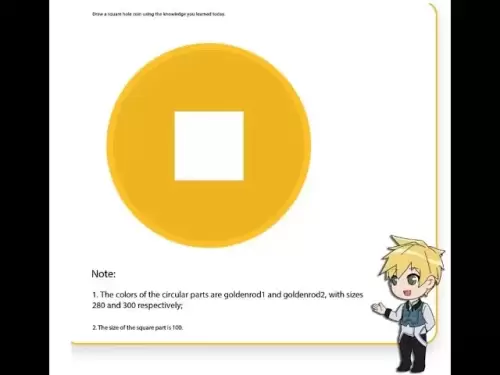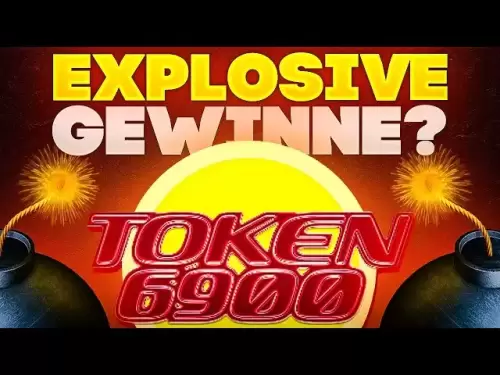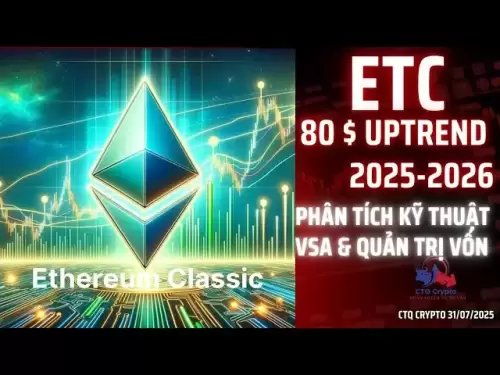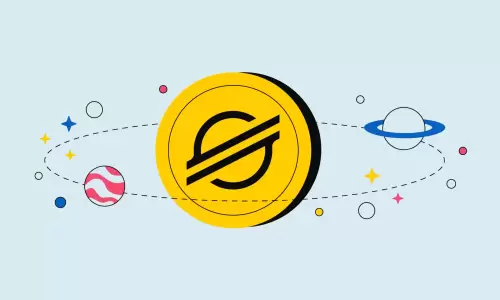January generated the highest income, adding up to $698.6 million from mobile app sales. The increase was partly due to increased trading especially from renewed interest in memecoins

Solana’s Chain GDP rose 20% quarter-over-quarter (QoQ) in the first quarter to reach $1.2 billion, according to a new report by blockchain analytics firm Chainalysis. January saw the highest income, adding up to $698.6 million from mobile app sales.
The increase was partly due to increased trading, especially from renewed interest in memecoins, such as the introduction of the TRUMP token. This surge led to an average daily DEX volume of $4.6 billion, 40.8% higher than the previous quarter.
These leading applications, Pump.fun, Phantom, and Jupiter, brought in substantial revenue due to the rise in trading speculation. With these advancements, Solana becomes more prominent as a top choice for decentralized finance (DeFi), consumer applications, and payment networks. Solana’s revenue share from App Revenue Capture Ratio (RCR) on its network grew, reaching 142.8%, showing better monetization of network activity by ecosystem projects.
Solana’s stablecoin market cap expanded sharply by 145.2% QoQ to reach $12.5 billion, securing the network’s status as the third-largest stablecoin host. USDC and USDT led this segment, growing to $9.7 billion and $2.3 billion, respectively.
Much of this growth followed the influx of liquidity during the TRUMP token launch, and the network sustained capital inflows throughout the quarter. There was a fall of 64% in the quarterly TVL of Solana in U.S. dollar terms, but the SOL-measured TVL increased by 18% during the same period. Kamino, Jupiter Perps and Raydium took the lead in decentralized finance, adapting to new challenges posed by fluctuating markets and competing decentralized exchanges.
While Q1 saw Raydium top the charts for volume on DEX, Jupiter and Orca continued improving with their innovative additions and new offerings. At the same time, liquid staking made progress, leading to the percentage of staked SOL increasing from 9.1% to 10.4%, showing increased interest in earning yield.
Solana introduced upgraded software and technology in Q1 2025. Over 90% of validators adopted the new Agave V2.0 client, and Jump Crypto’s Firedancer made significant progress toward mainnet launch. Governance saw higher engagement, with many votes on reward participation and changes in inflation; however, not every proposal passed.
Despite the progress seen in the crypto ecosystem, SOL had a market cap decline of 30% QoQ, reaching a total of $64 billion and ranking sixth among all cryptocurrencies by the end of March 2025. The decline occurred after January’s record levels and resulted from selling off a large portion of FTX’s estate tokens. In addition, Solana-related ETFs are being closely monitored after several applications were submitted to the SEC for approval, which may happen in the next few months.













































































